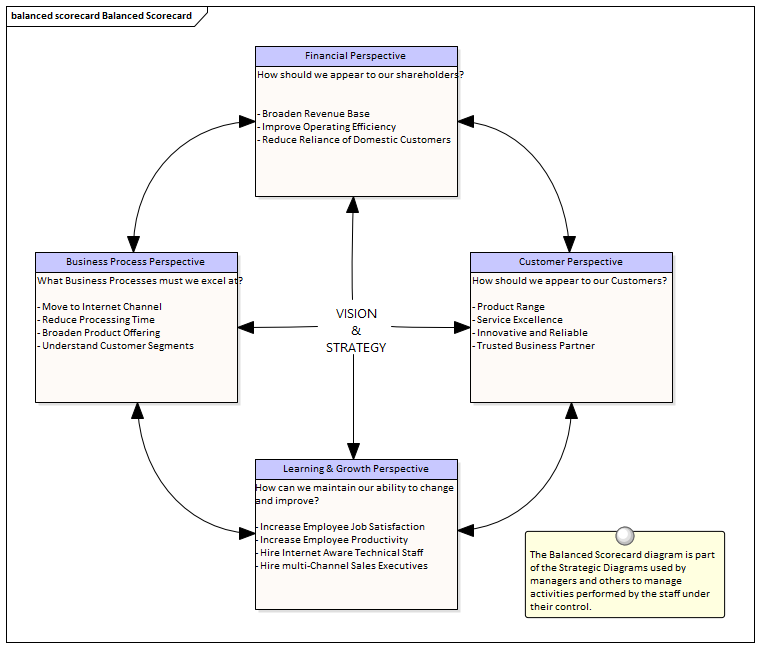| Prev | Next |
Enterprise Architecture Overview
Enterprise Architecture has emerged as a critical discipline to ensure an enterprise and the organizations that it comprises have an understanding of the significant elements from which it is made, from strategic goals down to business and information technology components that assist in achieving those goals. The discipline also allows enterprises to create architectures that will transition from where they are to where they need to be. Now more than ever in this age of digital disruption, when organizations can no longer rely on length of tenure in a field or being bigger than their competition as a safeguard against disruptive and competitive forces, Enterprise Architecture is in demand as a discipline.
The profession is rarely taught as a separate degree course at tertiary institutions and also suffers under the proliferation of large, conflicting and at times overly burdensome frameworks, and a lack of tool support. This has led to architecture practitioners finding it difficult to articulate or demonstrate the value of their 'profession'.
This section addresses the questions of what Enterprise Architecture is, where it fits in the context of other disciplines, and what the characteristics of good architecture are. The section also discusses the levels, types and styles of architecture that exist, and describes the notational mechanisms that are at an architects disposal.
Enterprise Architect's pragmatic approach to modeling and the extensive set of facilities available to the architect and others makes it a powerful tool as an architecture repository and a platform for creating, managing and disseminating architectural work.


